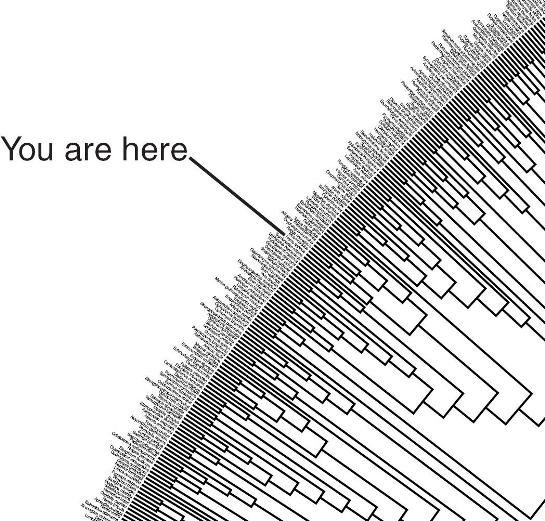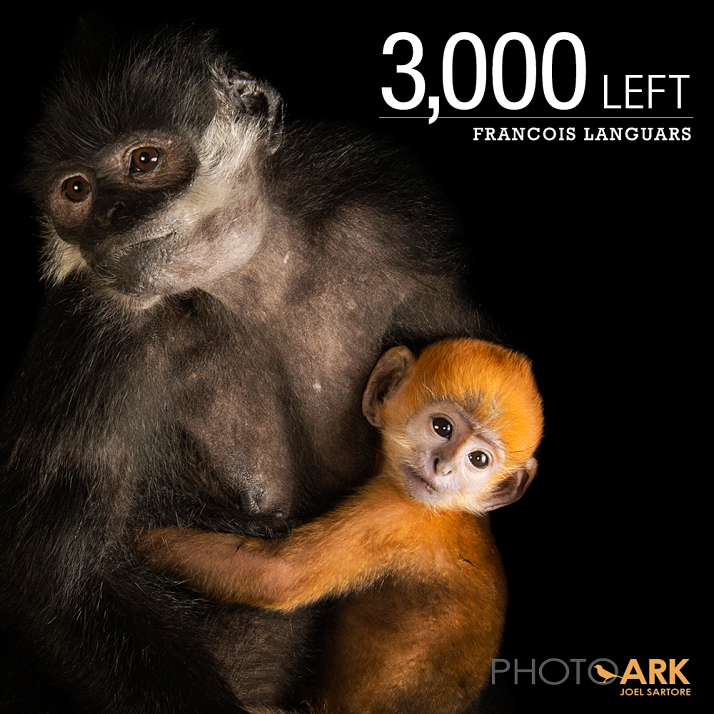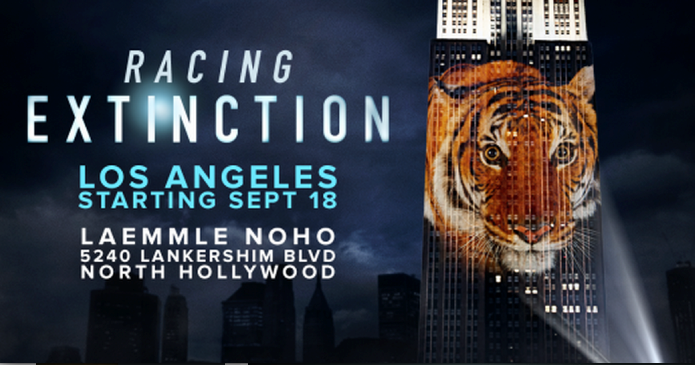Biodiversity: Difference between revisions
Siterunner (talk | contribs) No edit summary |
Siterunner (talk | contribs) No edit summary |
||
| Line 88: | Line 88: | ||
<font color=green>○ ○ ○ ○ ○ ○ ○ ○ ○ ○ ○ ○ ○</font> | <font color=green>○ ○ ○ ○ ○ ○ ○ ○ ○ ○ ○ ○ ○ ○ ○</font> | ||
| Line 105: | Line 105: | ||
[[File:RacingExtinction Francois-Languars2 3000Left.png]] | :[[File:RacingExtinction Francois-Languars2 3000Left.png]] | ||
[[File:At st peters endangered species.png]] | :[[File:At st peters endangered species.png]] | ||
[[File:Racing Extinction LAopeningSept18,2015.png]] | :[[File:Racing Extinction LAopeningSept18,2015.png]] | ||
[[File:RCatUN projection2.gif]] | :[[File:RCatUN projection2.gif]] | ||
○ | :○ | ||
Revision as of 21:30, 16 March 2018
What is Biodiversity and Why Does It Matter to Us / Via The Guardian
What is biodiversity?
It is the variety of life on Earth, in all its forms and all its interactions. If that sounds bewilderingly broad, that’s because it is. Biodiversity is the most complex feature of our planet and it is the most vital. “Without biodiversity, there is no future for humanity,” says Prof David Macdonald, at Oxford University.
The term was coined in 1985 – a contraction of “biological diversity” – but the huge global biodiversity losses now becoming apparent represent a crisis equalling – or quite possibly surpassing – climate change.
More formally, biodiversity is comprised of several levels, starting with genes, then individual species, then communities of creatures and finally entire ecosystems, such as forests or coral reefs, where life interplays with the physical environment. These myriad interactions have made Earth habitable for billions of years.
A more philosophical way of viewing biodiversity is this: it represents the knowledge learned by evolving species over millions of years about how to survive through the vastly varying environmental conditions Earth has experienced. Seen like that, experts warn, humanity is currently “burning the library of life”...
From an aesthetic point of view, every one of the millions of species is unique, a natural work of art that cannot be recreated once lost.
“Each higher organism is richer in information than a Caravaggio painting, a Bach fugue, or any other great work,” wrote Prof Edward O Wilson, often called the “father of biodiversity”, in a seminal paper in 1985, (The Biological Diversity Crisis.)
○ ○ ○ ○ ○ ○ ○ ○ ○ ○ ○ ○ ○
Tree of Life
- Announced September 2015 / http://www.greenpolicy360.net/w/Tree_of_Life
The first draft of ‘Tree of Life’ data diagrams include 2.3 million species -- The goal of reconstructing the tree of life is one of the most daunting challenges in biology. The scope of the problem is immense... most species have yet to be described. Despite decades of effort and thousands of phylogenetic studies on diverse clades, we lack a comprehensive tree of life, or even a summary of our current knowledge. One reason for this shortcoming is lack of data...
○ ○ ○ ○ ○ ○ ○ ○ ○ ○ ○ ○ ○ ○ ○ ○ ○ ○ ○ ○
- ○ ○ ○ ○ ○ ○ ○ ○ ○ ○ ○ ○ ○
○ ○ ○ ○ ○ ○ ○ ○ ○ ○ ○ ○ ○ ○ ○
Racing Extinction
#RacingExtinction @RacingXtinction
“I told the crew, 'We’re not making a movie – we’re starting a movement'. This film is one component of a movement that will go on and on...
and hopefully live in people’s hearts and minds and change behavior. We are the only generation that can save species for millions of years going forward...”
- ○




